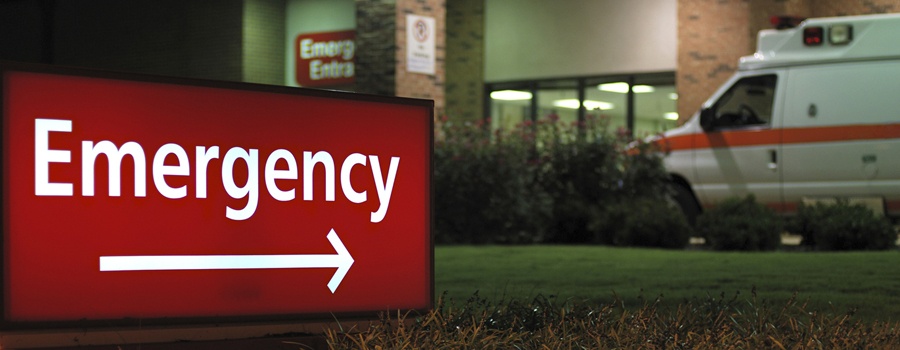Tag: emergency
-

Overshadowed by Opioids, Meth is Back and Hospitalizations Surge
The number of people hospitalized because of amphetamine use is skyrocketing in the United States, but the resurgence of the drug largely has been overshadowed by the nation’s intense focus on opioids. Amphetamine-related hospitalizations jumped by about 245 percent from 2008 to 2015, according to a recent study in the Journal of the American Medical Association. That…
-

Emergency Physicians: Georgia BCBS Policy Violates Federal Law
WASHINGTON, DC – The American College of Emergency Physicians and its Georgia Chapter recently announced a policy that Blue Cross/Blue Shield of Georgia plans to implement in July, making subscribers pay for any emergency department visit that turns out not to be an emergency, violates the “prudent layperson” standard, which is codified in federal law,…
